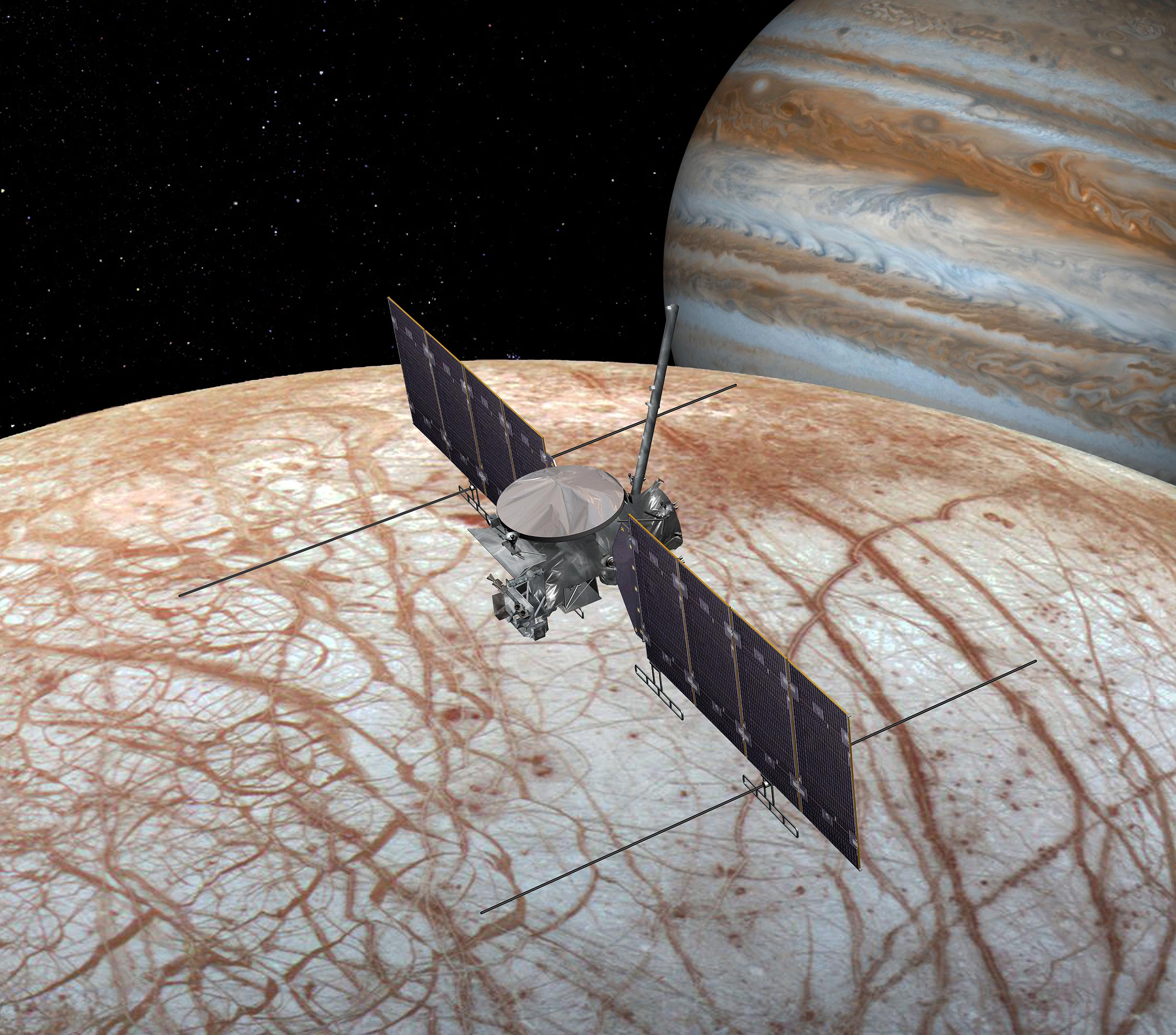Stacked view of Agnilet engine 3D-printed, of semi-cryogenic rocket engine
Chennai-based space start-up Agnikul Cosmos successfully carried out a sub-orbital test flight of its home-built 3D-printed semi-cryogenic rocket — Agnibaan — from its own launch pad at Sriharikota on May 30.
Agnikul’s mission comes with many firsts, not just for India but for the world. It’s India’s first rocket launch from a private launch pad and the first semi-cryogenic engine-powered rocket launch. On a global level, it’s the world’s first single-piece 3D-printed engine.
Co-Founder and CEO, Agnikul Cosmos, said the project led to many breakthroughs.
“First, launching from our own private launch pad … means a lot from two aspects. One is from the policy and framework standpoint—there’s so much clarity in space policy today compared to when we started. We’re at (a) point where now we’re able to have our own launch pad, which is synced completely with ISRO’s,” he said.
In the long run, this would mean a lot of independence for private spacetech firms. “Our launch cadence can be determined completely by our customer needs,” he said.
According to Ravichandran, from a technology standpoint, his firm has been testing the 3D printed engine, a single-piece rocket engine and has a patent on this but to actually fly it makes a whole lot of difference.
“It proves that the technology can actually power things to orbit. It proves the entire case study that we have on how 3D-printed engines are the way to go. Other than that, this is also the first semi-cryogenic flight from India. This is a very interesting clean fuel combination.”
Srinath said making rocket engines quickly is a key factor.
“…what makes launches come at a certain slow frequency today … is the time it takes to make a rocket engine. In our single-piece engine, we are able to get an entire engine done in 72 hours … because the entire engine is 3D printed in one shot … and we do this in our own rocket factory—there’s a lot of end-to-end control to how we are able to get this out quickly,” he said, adding, “Being able to make rockets quickly and being able to launch them from any authorised launchpad, I think these are things that are going to make space accessible to everyone.”
For context, “it usually takes about 12 to 16 weeks” to make a rocket engine conventionally.
He added that to use it with aviation turbine fuel, and liquid oxygen, basically industrial grade propellants, and actually get a flight out of it and the required performance was its own journey.
Srinath also pointed out that the avionics architecture was driven by ethernet, etc., something that has not been attempted directly in India before. All of these things are driven towards the firm’s bigger vision, to get to any point in space as easily as going to any point on Earth.
“That is what all of this is geared (towards).”
(With Reporting by Cnbctv18)





















Discussion about this post